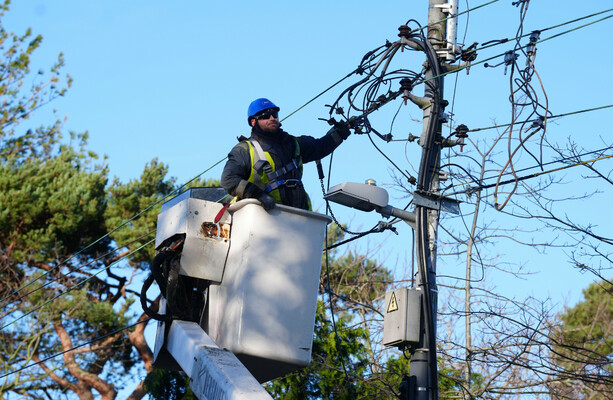Customers are facing electricity bill hikes of more than €150 a year to fund major power grid upgrades. Businesses and households will pick up the costs as part of major grid investment proposals that have been submitted to the energy regulator by both ESB Networks and Eirgrid.
There has been an increased focus on the security of the system as thousands of homes and businesses are still without power two weeks after Storm Éowyn hit Ireland. The Commission for Regulation of Utilities (CRU) will decide on the increased bill charges, which will then begin to rise from the end of the year.
The Public Service Obligation (PSO) levy to subsidise renewables is also expected to increase in the years ahead, adding to the costs facing business and domestic customers.
The total potential increase to the average household bill of €150 has been derived from a Business Post analysis of the increased proposals from both ESB Networks and Eirgrid.


